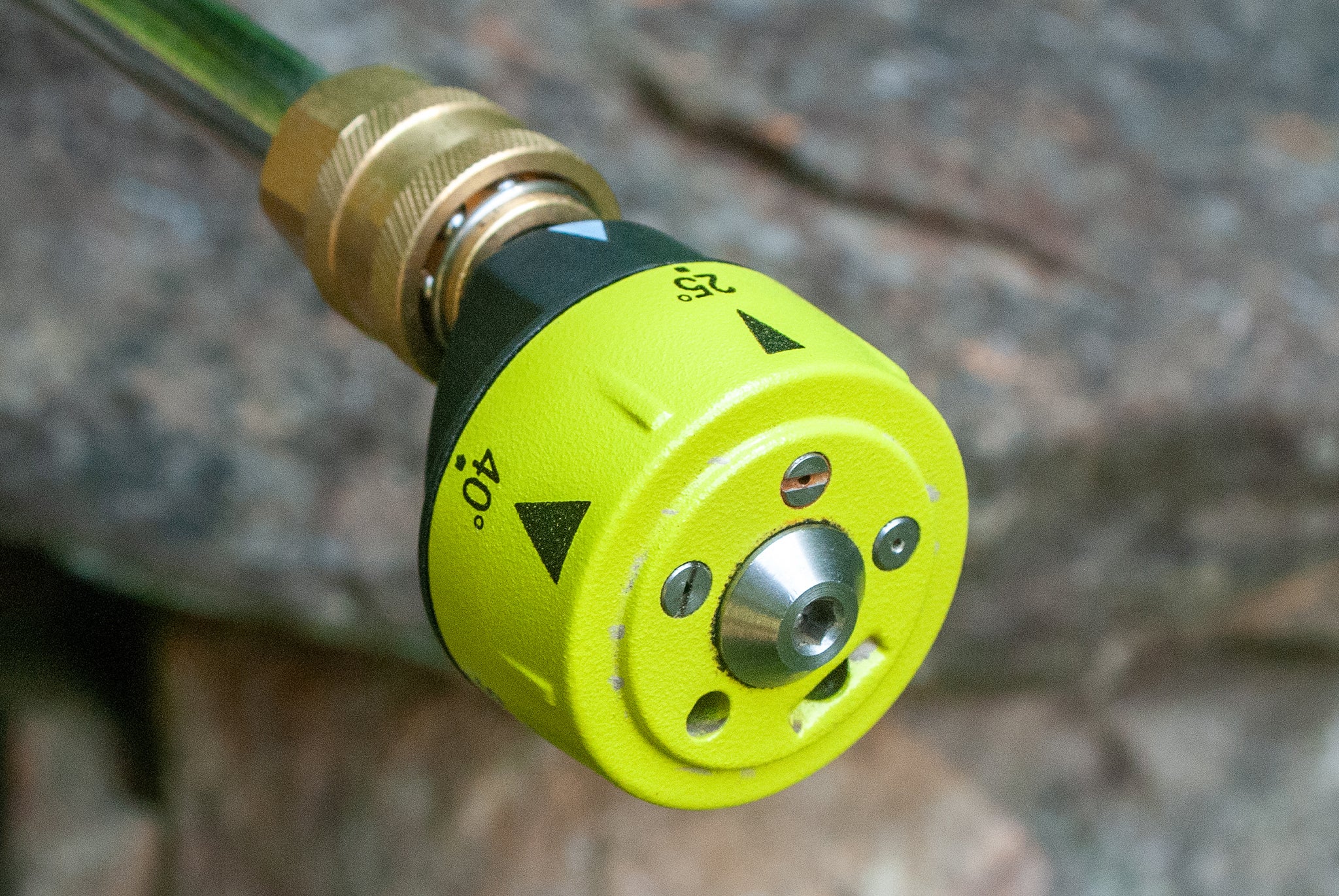
There are many different types of audit software on the market. Each has its own features and pricing. The best choice for your company depends on your business requirements. Continue reading to find out more about costs, requirements, implementation, and other details. Don't hesitate to request a trial if you aren't certain what to look out for.
Features
Audit software should have a range of features to streamline the auditing process. These include the ability to allocate tasks to users and track time to completion. The software should include an automated alert system that notifies users when tasks are due. Furthermore, the software should have the ability to create customized forms and checklists to streamline data collection. The software should have a dashboard for tracking task progress and visualizing data trends.
The audit information could be distributed over multiple system types, and in different formats. In addition, it may be stored in different database management systems and may move through different telecommunication environments using different protocols. Lastly, it may reside in different physical locations. Because of this complexity, auditing software must have the ability to sort data using multiple criteria.

Costs
Auditing software can be expensive. Cherwell-Express conducted a recent study and found that almost half of the organizations spent at most $50,000 on software audits. Some organizations spent as much as $5 million. These audits are often performed by independent software vendors who have the authority to audit customers. In such cases the vendors will explain and notify clients the audit process.
The disruption to daily activities is one the biggest expenses associated with software audits. In addition, staff must be redirected to audit preparations, which can consume a significant amount of time. According to the survey, 45 percent of software audits lasted more than three years.
Requirements
You must have certain requirements for your audit software to be successful. The software must work with Microsoft Office products. It must also be compatible with Microsoft Office products. It should also allow users to assign security permission levels and modify default software parameters. It should also require minimal administrative support.
Audit software should also be intuitive to use. It should be able to allow cross-departmental collaboration. It should include features that will help you and your team understand each other's processes, including regulatory compliance and information security.

Implementation
Implementing a software auditoring solution is key after it has been acquired. This audit allows organizations to evaluate the use of software and make sure that it meets its intended purpose. To begin, an organization should create a software audit team consisting of employees from legal, software procurement, and IT.
There are many types and types of auditor applications. These include generalized audit software, business Intelligence (BI) software, spreadsheets. Each type requires data extraction and analysis. These software programs can either be integrated into an existing IT infrastructure of the company or developed with the assistance of consultants.